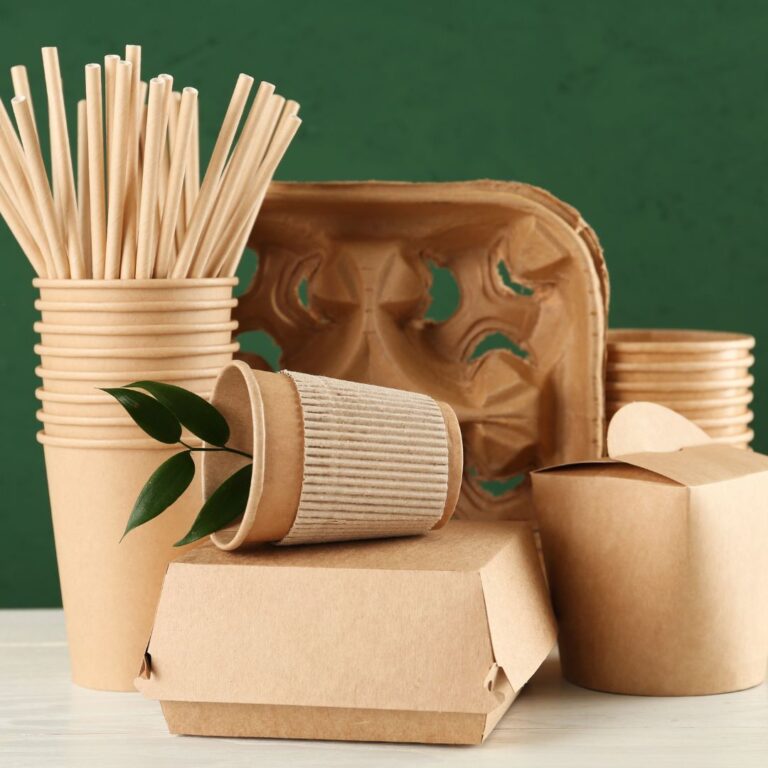Bamboo has been around for millennia, but lately, it seems to be popping up everywhere – from clothing and furniture to building materials and even food. This surge in bamboo popularity isn’t just a fad; it’s driven by a combination of environmental concerns, technological advancements, and a shift towards sustainable living.
Why Bamboo?
- Eco-Friendly: Bamboo is a rapidly renewable resource, growing much faster than traditional wood. It requires minimal water and no pesticides, making it an attractive alternative to deforestation.
- Durable and Versatile: Bamboo is surprisingly strong and lightweight. New processing techniques are unlocking its potential for a wider range of uses, from building sustainable homes to crafting luxurious textiles.
- Naturally Antibacterial: Many bamboo products boast antibacterial properties, making them a hygienic choice for everything from cutting boards to clothing.
From Fashion to Food
The fashion industry has embraced bamboo, using it to create soft, breathable fabrics for clothing, bedding, and even accessories. Bamboo furniture is becoming increasingly popular, offering a stylish and sustainable alternative to traditional wood pieces.
The trend extends beyond homewares. Bamboo shoots are a delicious and nutritious addition to many dishes, and bamboo utensils are gaining traction as a biodegradable alternative to plastic.
Is Bamboo Truly Sustainable?
While bamboo offers a wealth of environmental benefits, there are some considerations. Unethical harvesting practices can negate the eco-friendly aspects. Look for bamboo products certified by the Forest Stewardship Council (FSC) to ensure responsible sourcing.
The Future of Bamboo
With continued research and innovation, bamboo has the potential to revolutionize various industries. As consumers become more environmentally conscious, the demand for sustainable products is likely to continue growing, solidifying bamboo’s place as a key material in the future.

